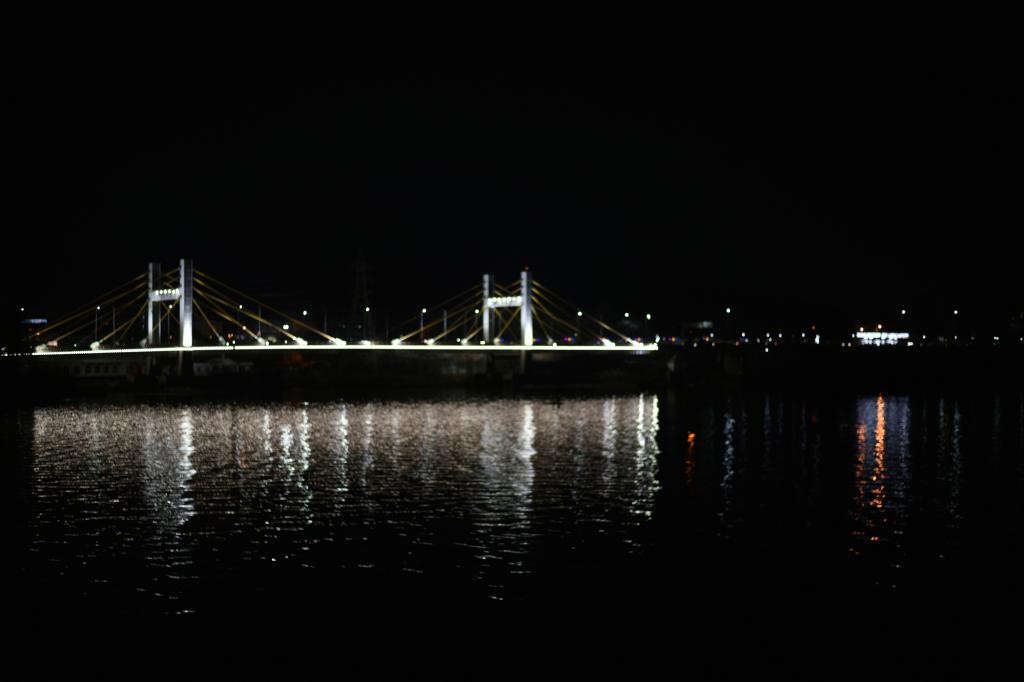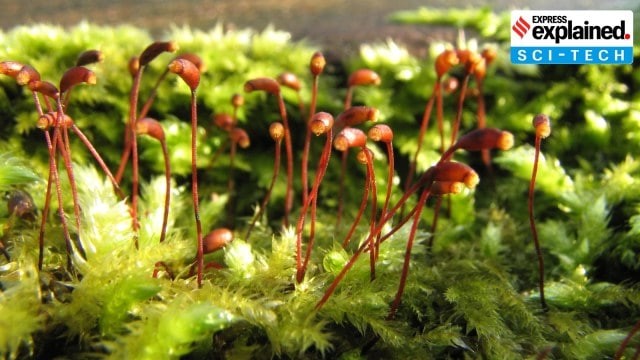Description

Disclaimer: Copyright infringement not intended.
Context: The National Green Tribunal has directed the Central Pollution Control Board (CPCB) and Madhya Pradesh Pollution Control Board (MPPCB) to periodically monitor the activities of a cruise vessel polluting the Bhoj wetland in Bhopal, MP.
Details:
About:
- The Bhoj wetland is situated in the heart of Bhopal district in Madhya Pradesh.
- The wetland consists of two man-made lakes--the upper lake and the lower lake.
- The upper lake, the oldest among large man-made lakes in central India, was created by king Bhoj in the 11th century by constructing an earthen dam across the Kolans river and the lower lake was constructed nearly 200 years ago mostly from the seepage from the upper lake.
.jpeg)
Background:
- In 1995, the Madhya Pradesh government initiated a Rs 2.5 billion project for the conservation of the wetland with the money borrowed from the Japanese Bank For International Cooperation (JBIC).
- In 2002, the Bhoj wetland was recognised as a wetland of international importance under the Ramsar Convention of 1971.
- As per a report by the Centre for Science and Environment (CSE), the upper lake has reduced from the initial 30 sq km to 8 sq km now. The lower lake also got reduced from 8 sq km to 2 sq km in 2009. The total length of the lake was 38 km, but it got reduced to 5 km in 2009.
Importance of Bhoj wetland:
- The upper lake in Bhopal is an important wetland which is home to more than 700 species of diverse flora like zooplankton, phytoplankton, etc.
- The wetland is also an important site of avian fauna with more than 150 species of both migratory and resident birds.
- This rich biodiversity of the wetland has, however, been affected adversely in the last few years due to various anthropogenic pressures and natural calamities, irregular rainfall during the last decade being one of them.
- The upper lake is the principal source of drinking water (40 percent) for the city of Bhopal; the lower lake meets out the requirement of raw water and enhances the beauty of the city.
- These lakes are ideal spots for watersports like kayaking, canoeing, parasailing and water skiing and attract tourists in hordes.
- The upper lake is a source of livelihood--both direct and indirect--for many communities including fishermen, boat owners and local vendors.

Problems the lakes face:
- The last six decades have seen rapid urbanisation near the Bhoj wetland resulting in various environmental problems.
- The water quality is getting deteriorated from the sewage inflow from urban areas, agricultural waste from rural areas and industrial effluents, apart from the flourishing growth of invasive aquatic plants, depletion of biodiversity and other anthropogenic activities.

https://www.downtoearth.org.in/news/pollution/ngt-probe-into-cruise-operating-in-bhopal-ramsar-wetland-87254












